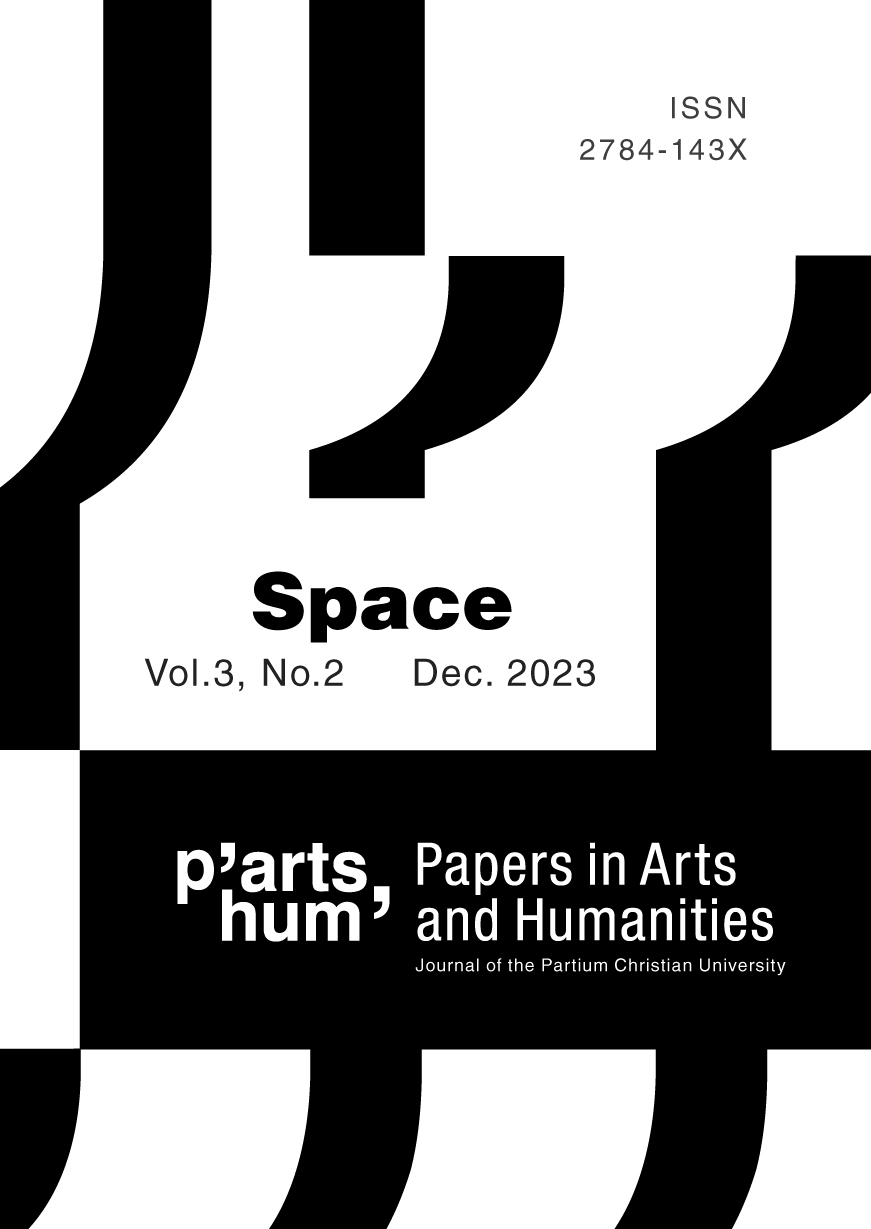The Elasticity of Space in Karen Tei Yamashita’s "Tropic of Orange"
The Elasticity of Space in Karen Tei Yamashita’s "Tropic of Orange"
Author(s): Milos BlahutSubject(s): Language and Literature Studies, American Literature
Published by: Partiumi Keresztény Egyetem
Keywords: environment; space; postmodernism; time; gentrification;
Summary/Abstract: Karen Tei Yamashita’s novel Tropic of Orange is a study of space shaped by history, urbanism, globalisation, and ecology. Yamashita explores the social injustice, urban, and environmental changes happening in postmodern and futuristic Los Angeles through seven characters and their respective storylines, narrated by various narrators with different styles. Most characters experience spatial and temporal distortions in their everyday lives, allowing them to try to understand the events unfolding around them. Yamashita depicts space as an organic, changeable, and elastic unity. I argue that by viewing space more holistically, Yamashita offers solutions to some of the overarching problems California has been facing for a long time, namely racism, displacement, class differences, transformation of urban space, violence, and the threat of ecological catastrophe. The convergence of space and time in the narrative, mixed with magic realist tropes, enables Yamashita to interrogate and critique the contemporary socio-economic conditions of the Latin American community in Los Angeles.
Journal: P’Arts’Hum
- Issue Year: 3/2023
- Issue No: 2
- Page Range: 59-74
- Page Count: 16
- Language: English

